Smart Loading Zone Pilot Project
A collaboration between LADOT, Automotus and Urban Movement Labs towards Zero Emissions Delivery Zones in the City of Los Angeles
What you will learn on this page
- What is the project?
- Why is the project important?
- What is the Code the Curb initiative about?
- The goals of the project
- What data is developed?
- How does the technology work?
- How does it benefit the community?
- How were locations selected?
- What is a Zero Emission Delivery Zone (ZEDZ)?
- What is the timeline?
- Meet our Pilot Project Partner: Automotus
What is the project?
As curb space becomes more important to accommodate more deliveries and more mobility options, cities face the challenge of managing this space to accommodate changing needs. To help understand the options public agencies have, Automotus, LADOT, and Urban Movement Labs (UML) are piloting the use of real-time data to better understand how people use the curb, and to guide parking policy using data.
Why is this project important?
Cities like Los Angeles rely on assets like signs and paint, to communicate regulations to people who use the curb. It is challenging and costly to maintain, repair, and inventory existing curb assets, which makes it challenging to change regulations to accommodate new needs. With demand for e-commerce, food delivery, and other on-demand and/or shared services grow, cities are looking to leverage technology to better understand curb demands and refine curb policies to improve safety, access, and equity.
What is the Code the Curb initiative about?
Code the Curb is an initiative of LADOT to digitize the city’s network of curbside signage, painted curbs, and other regulatory tools along city streets and to develop capabilities to communicate and share easy-to-understand data about curb rules and regulations with people who use them. This pilot project will help the city understand how new technologies can help to digitally manage street operations today and in an autonomous future.
Meet our Pilot Project Partner: Automotus
Founded in 2017, Automotus uses first-of-its-kind computer vision technology to help cities, fleets, and small businesses manage congestion at the curb. This includes collecting real-time curb activity data; aligning curb policy with real-time demand; and making accessible real-time curb availability data for drivers. Automotus is also proactively working as part of the Open Mobility Foundation (OMF) to make the use of data in cities easier by advocating for Mobility Data Specification (MDS), and advising on how to improve it. MDS helps standardize data so that cities and operators can work easier together to improve mobility options for all.
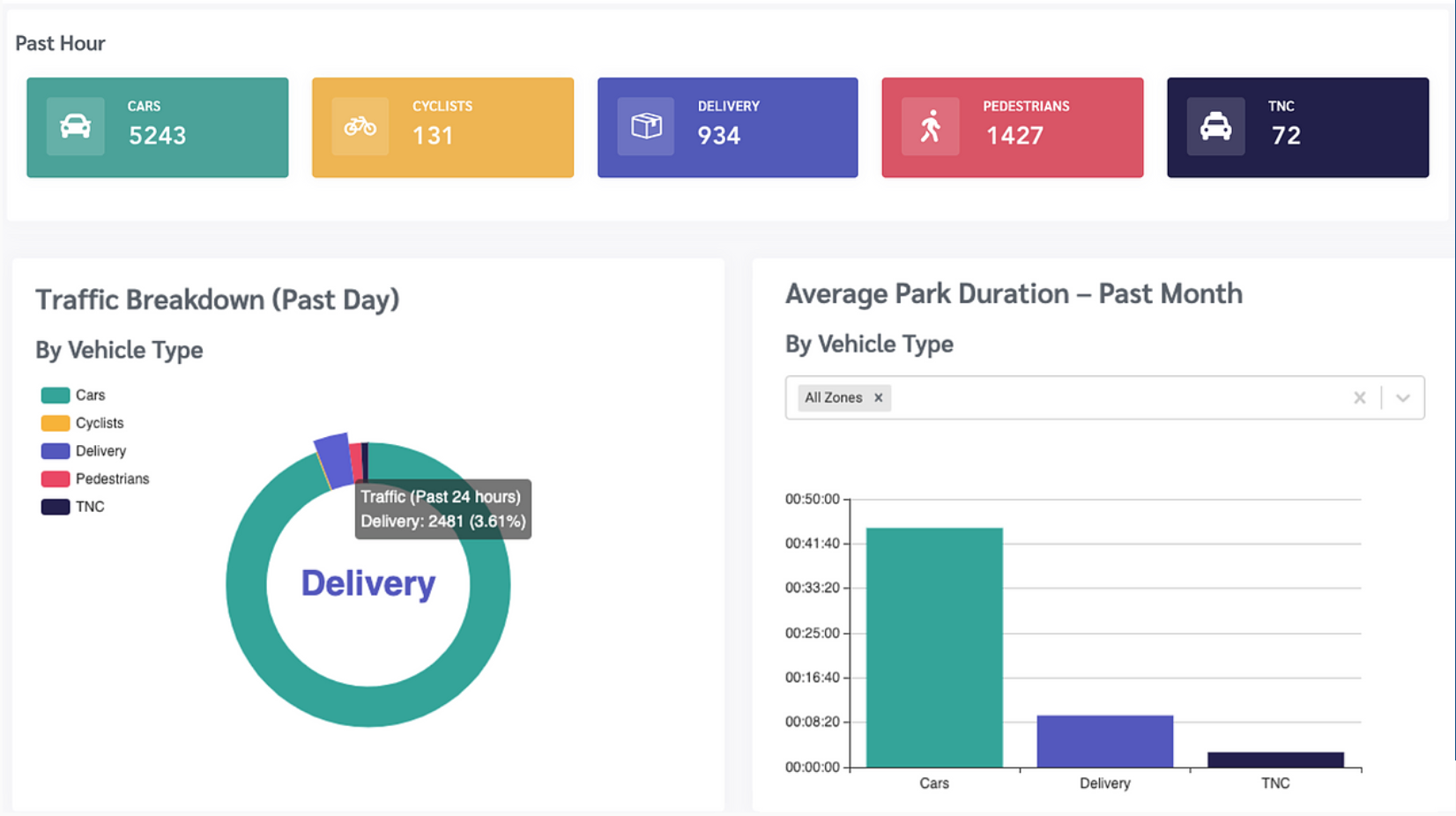
Example about how Automotus give access to real-time curb and street activity across freight, ride hailing, delivery, and passenger vehicles, and buses, e-scooters, bikes, and pedestrians
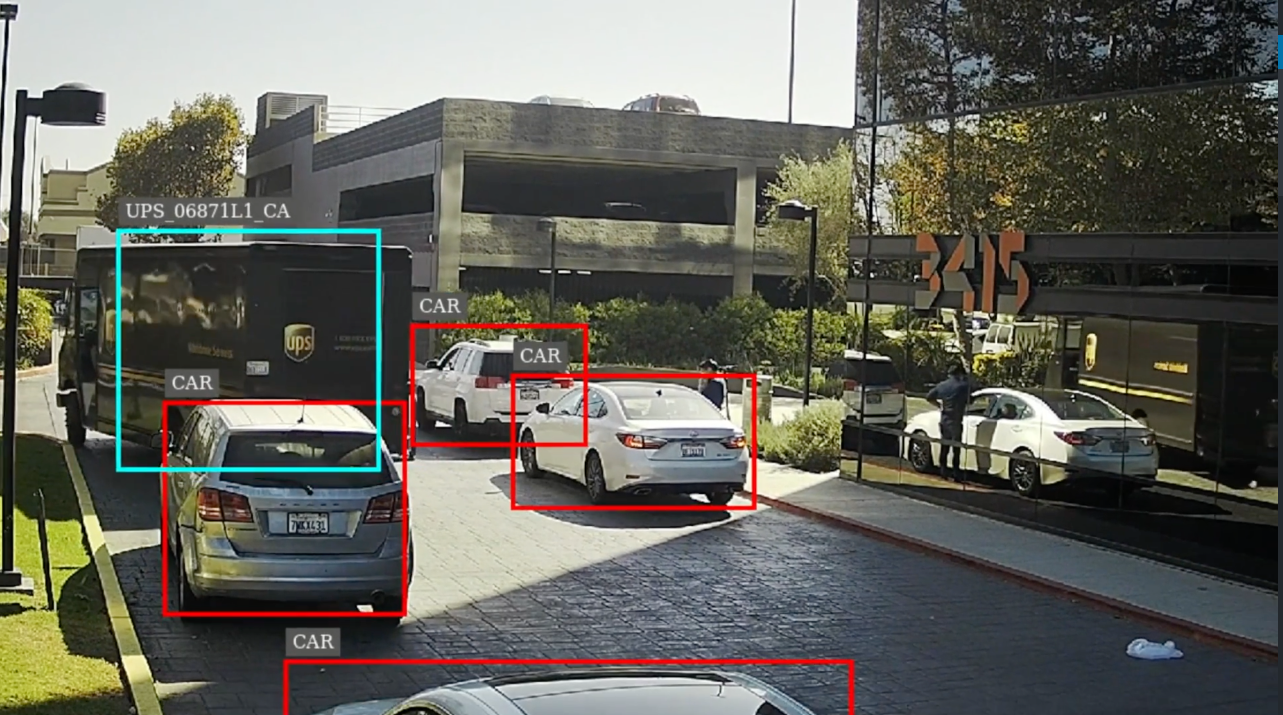
Image by Automotus
The goals of the project are to:
- Assess capabilities of video analytics to provide data (regarding curbside activities and user types) on the growing commercial demand of on-street parking in dense, urban centers in Los Angeles that inform curbside regulations;
- Increase cyclist and pedestrian safety, and support Vision Zero initiatives, by providing an understanding of multimodal curb use and inform more efficient curb use and allocation for commercial vehicles that reduce conflict in the public right of way;
- Increase retail business activity by informing curbside regulations that drive parking turnover and dedicating access to delivery services; and
- Improve operational efficiency for commercial fleets by using data collected to inform and guide fleet drivers to open commercial spaces;
What data is developed?
How long cars park on the curb
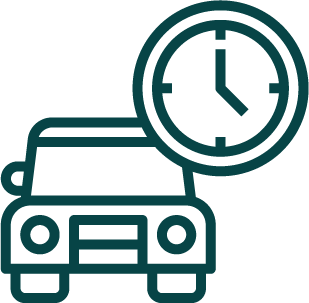
When a curb is busiest
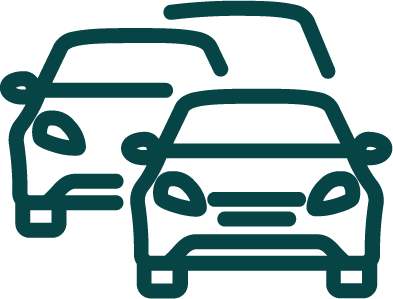
What violations are most common, including: overtime, double parking, parking in non-permitted spaces
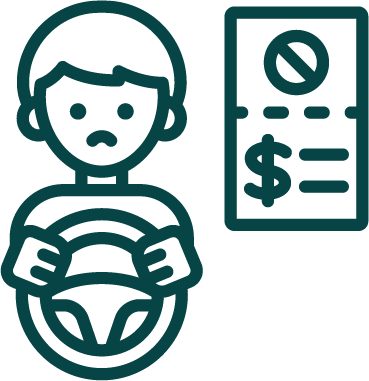
The type of vehicles using the curb (delivery van, truck, car, bicycle, hybrid, gas, electric)
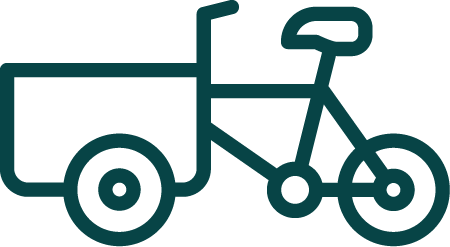
How does the technology work?
Cameras mounted on and powered by streetlights to analyze how vehicles use the curb. Video footage is not stored, and privacy is maintained. They simply record the activity events, and do not save the video footage. This is not a surveillance tool.
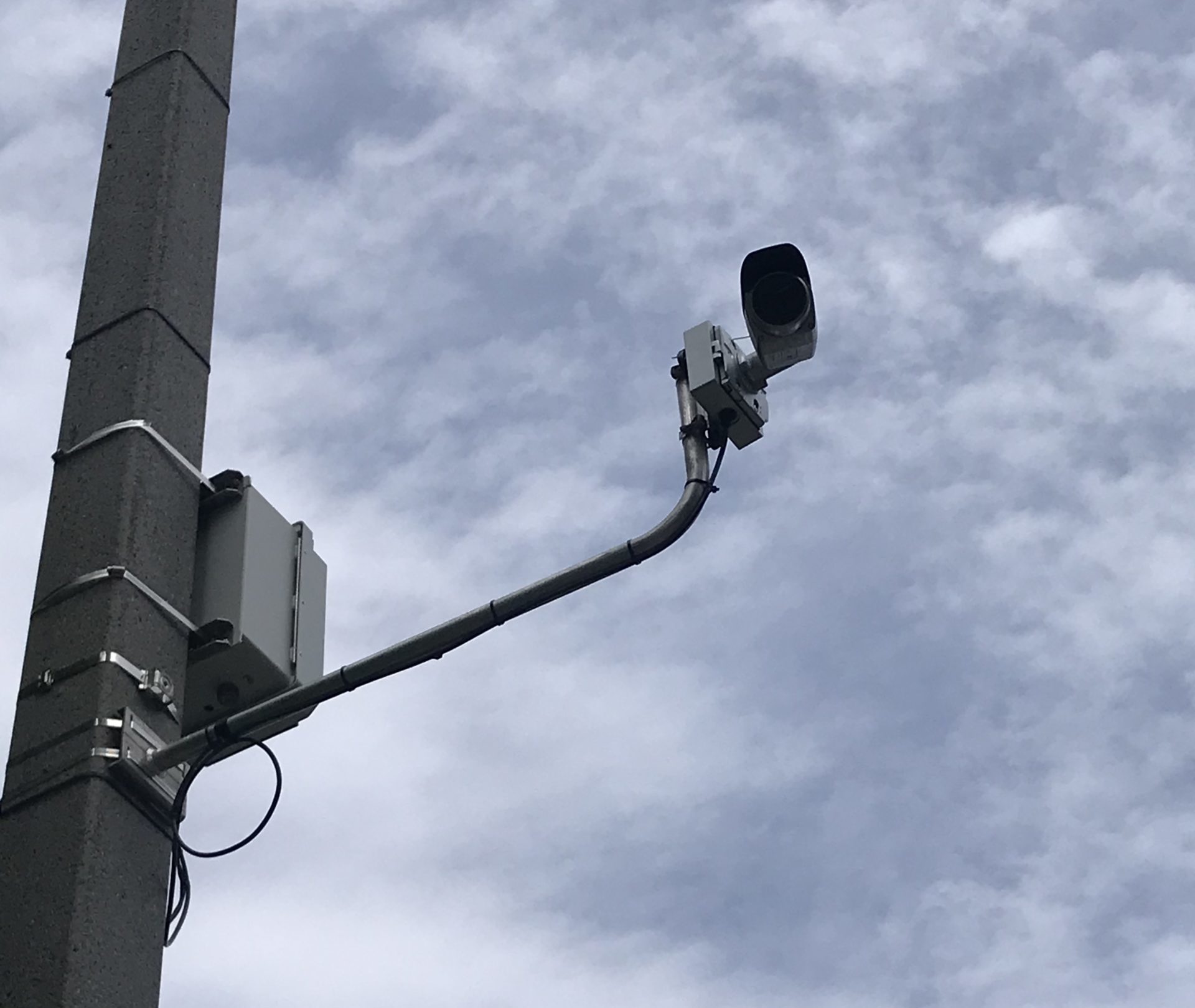
How does it benefit the community?
Using real-time data to guide parking policy will give the city the flexibility needed to better serve community members, resulting in:
Getting more people to local businesses by facilitating parking turnover

Making curbside deliveries and pick-ups more efficient
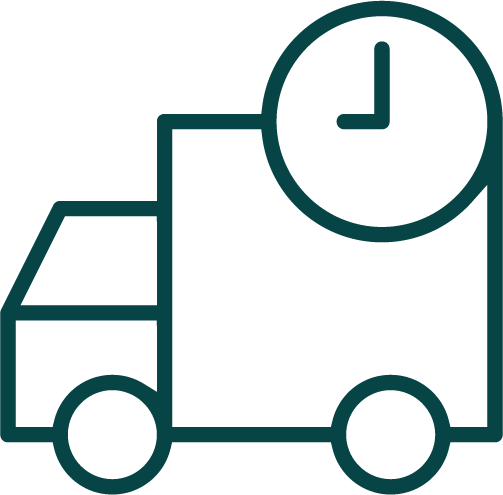
Reduced congestion and emissions caused be people looking for parking
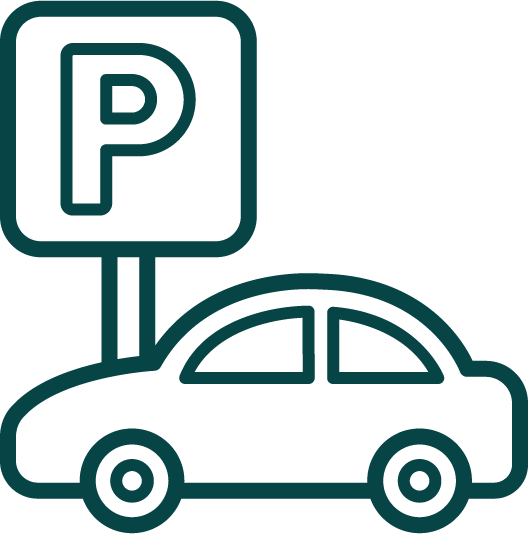
How were locations selected?
Locations were selected where commercial curb space is in high demand and where citations are most common – these two factors suggest a lot is happening, and data can be helpful to make conditions safer. Once potential locations were identified, Automotus reached out to adjacent businesses to share information about the pilot project, address concerns, and confirm willingness to participate in the pilot. In addition to selections made for the pilot project, Automotus is also using their technology to help the City understand activity at 5 pilot Zero Emission Delivery Zones.
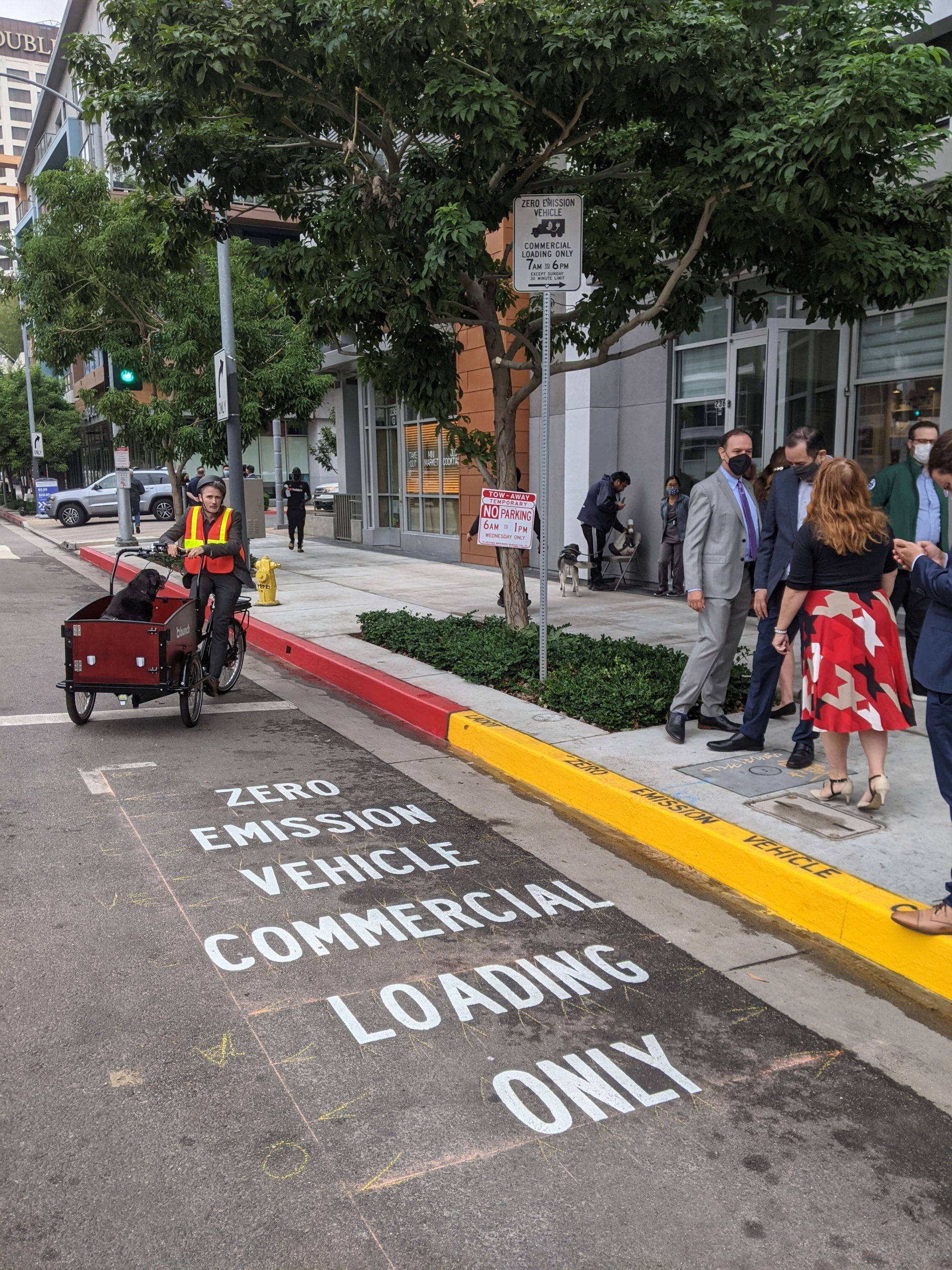
What is a Zero Emission Delivery Zone (ZEDZ)?
A ZEDZ is a commercial loading zone exclusively for zero emission delivery vehicles, including electric trucks and electric cargo bikes. With more and more deliveries happening, the ZEDZ pilot will provide lessons for how commercial delivery needs can be met while reducing impacts on local pollution. For more information, read LADOT’s fact sheet, linked below.
What is the timeline?
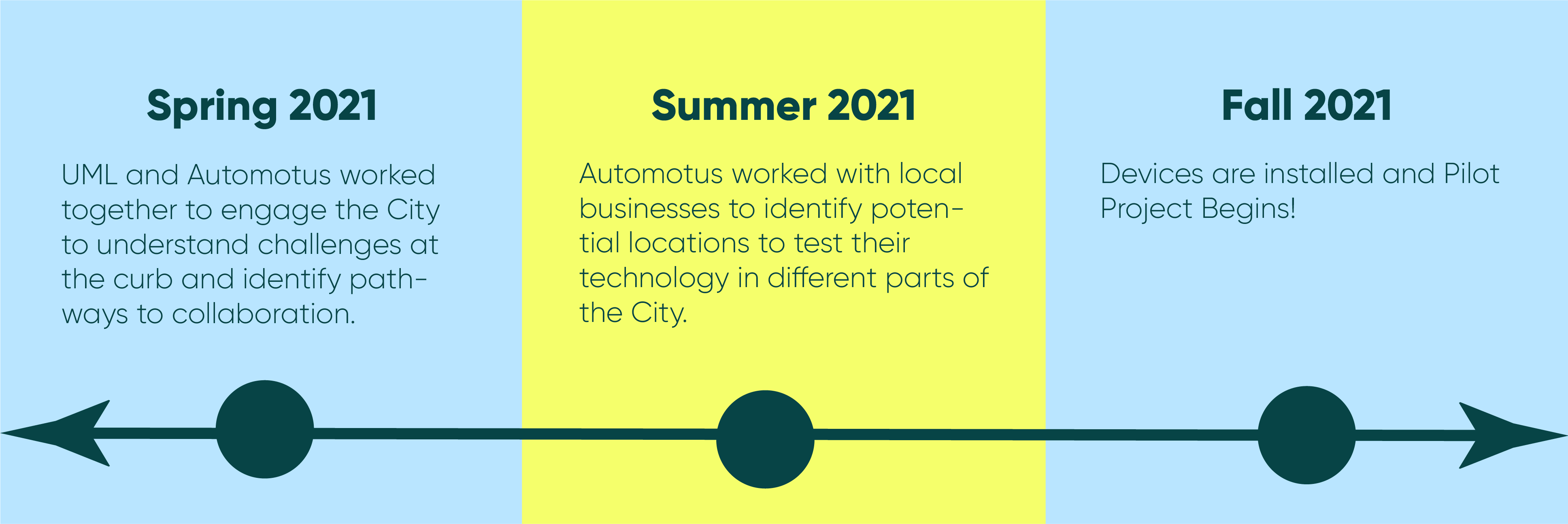
Tell us what you think about this project!
Contact us!
For any other questions or concerns, please feel free to email our team at

